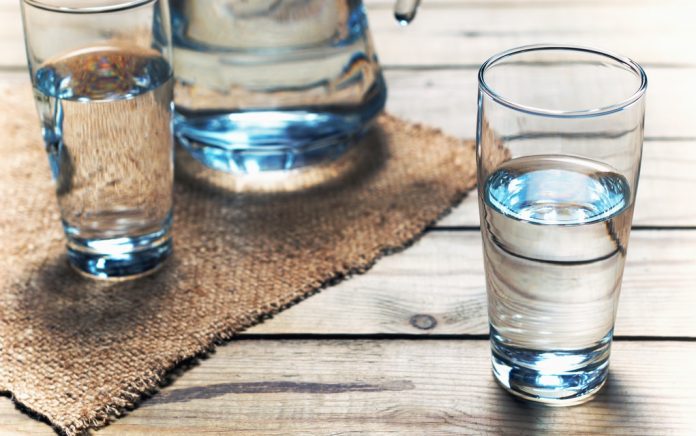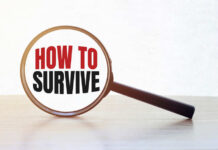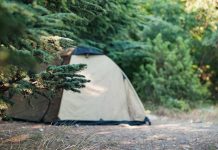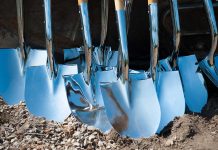
It has been over a week since the power went out in your town. No one knows if or when it will come back on. To make matters worse, your stores of water ran out a few days ago. You know that, if you don’t get drinkable water soon, you are going to be in a life-threatening situation.
Luckily for you there is a large pond on your property which could potentially save your life. You’ve read about homemade water filtration in the past, and quickly throw a filter together with some charcoal from your barbecue and dirt and rocks from your yard. You set off with your homemade biofilter and quickly run some water through it. You drink the water, which tasted wonderful at the time – but now you are stuck in the latrine suffering from debilitating stomach cramps and severe diarrhea. What did you do wrong?
Bio Water Filters
Bio water filters are great for removing large contaminants from water such as plant matter and dirt. These are easily created by cutting the bottom off of a large plastic bottle and layering cloth, activated charcoal, sand, and gravel into the bottom of the bottle (in that order). Water is then run through the filter to remove impurities.
The scenario above shows that, though you did filter the water, you did not use activated charcoal in the filter to absorb the microscopic organisms living in the water. As such, you likely caught dysentery or cholera. Both diseases pose serious health risks – up to and including death if not treated. In a major crisis, you are likely not going to find a doctor to treat you.
So how could you have avoided this life-threatening situation?
Activated Carbon
To effectively filter water, the charcoal used in a homemade biofilter needs to be activated. Activated charcoal, often referred to as activated carbon, is a highly porous substance capable of absorbing organic chemicals. Standard charcoal can remove some bacteria but lacks the high absorption power that activated carbon has.
Activated charcoal can be purchased online for roughly $15 a pound, and can also be created at home for about $1 per pound. To make your own activated carbon, you will need water, charcoal, and calcium chloride (which can also be purchased online or at local hardware stores).
- To make standard charcoal, burn hardwoods in a covered fire for 3-4 hours and collect the remains.
- Once you have the charcoal cooled and ready, you will need to grind it into a powder.
- You will then mix water and calcium chloride to create a paste.
- Take care with this step, as the mixture will become very hot as the water and calcium chloride creates a chemical reaction.
- Add this paste to the powdered charcoal and mix thoroughly.
- Let the mixture dry completely.
- The final step will be to cook the mixture for roughly 3 hours to activate the charcoal.
Alternatives to Activated Carbon Filtering
If you do not have access to – or the time to create – activated charcoal, you will need to add a few drops of chlorine bleach to the water you clean with the biofilter. This chemical will kill the germs that would otherwise cause the illness you are suffering. According to the Environmental Protection Agency (EPA), you need to use unscented, non-color-safe bleach. Make sure the bleach does not contain other added cleaners as well.
The amount of bleach you need will vary depending on its strength. The label on the bottle should indicate the concentration as either 6% or 8.25% sodium hypochlorite. For one gallon of water you will need eight drops of 6%, or six drops of 8.25%, to effectively sanitize it.
The EPA also suggests that you boil water for one minute to kill bacteria (three minutes for altitudes over 5,000 feet above sea level). In a survival situation, one cannot be too careful, so you may want to combine these methods to ensure you remove all contaminants.
In Conclusion
In any survival situation, water is a key component of staying alive. As we have shown, knowing how to clean water can be the difference between life and death. In short, here are a few ways you can filter water to make it safe to drink:
- Use a biofilter with activated carbon.
- Use bleach to kill bacteria.
- Boil the water to kill bacteria.
Here are a few additional tips to remember about water:
- You can only survive, on average, for three days without water.
- You should not drink floodwater, as it may be contaminated with chemicals that standard filters and boiling will not remove.
- In a winter survival situation, do not eat snow to get water. Melt it first. Even better, melt ice instead.
Thank you to our friends at Modern Survival for contributing this piece.
Copyright 2021, TheSurvivalGuide.com














